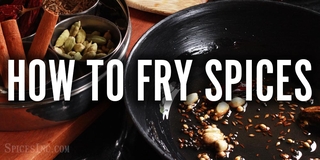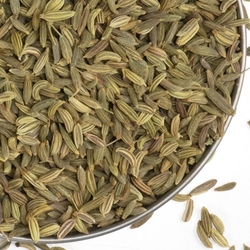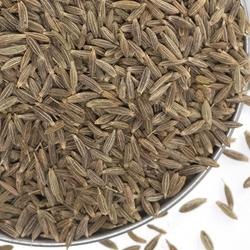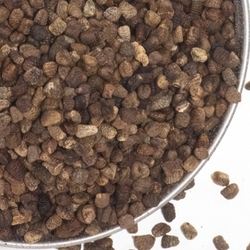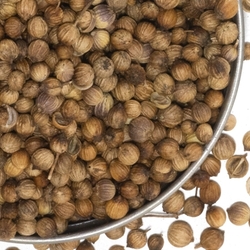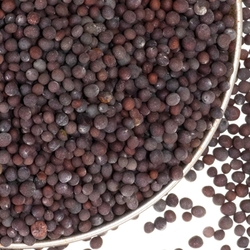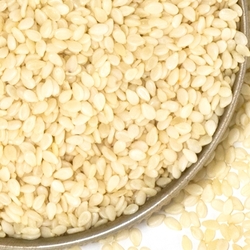How to Fry Spices
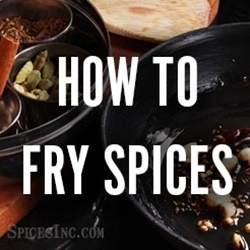
If you already know how to dry roast and crush your own spices, pan frying is the next step in building our flavor profiles of your favorite dishes. The process of frying spices is also sometimes called "blooming" spices. How exactly does one fry spices? It is a process that may or may not come easy to you. Keep in mind that this is different from dry roasting spices, a process that involves adding spices to a pan to roast on their own without any oils or liquids added. Frying spices uses oils.
Types of Frying
You might think of frying as just a pan full of oil that you add some other ingredients into, but there is a delicate balance between the level of oil and the heat required to bring the oil to frying temperature that lurks behind the perfectly fried food or spice. There are three main ways to fry, or bloom, spices to ensure the best flavors possible in the most effective way for the style of cooking you are doing.
- Frying in a small amount of oil. Usually, you will want to pan fry in a sturdy, thick pan that will have even heat distribution. A cast iron pan would be good for this method. Simply heat a small amount of vegetable or olive oil in a pan, and then drop in the spices once you are sure the oil is hot. Start with bigger spices, then add the smaller ones. As the spices become aromatic, remove them from the pan. If your oil begins to smoke, it is too hot and should be either removed from the heat source or the heat source should be turned down. To test if your oil is hot enough, you may want to have a long scallion on hand. Simply poke the scallion into the oil and if the oil bubbles up around it, the spices can be added to the pan. You don't want the oil too hot because the spices will immediately burn beyond repair. Understanding your stove and a little bit of practice is necessary for creating perfectly fried spices.
- Slow-frying with an onion. This process has other names like boohoo or bhunooing, and it is used to create a base for recipes instead of just frying up the spices to be used later. This helps build flavors up gradually in an individual dish versus adding all the spices and seasonings at once. This method requires more oil and a slow fry time. First, heat the oil up on a high temperature, then once it's started popping and bubbling, lower it to a medium heat. Add the spices and then reduce the heat one last time to low. This will help the spices release their flavors slowly. Once they become aromatic, add the onion and cook until the onion is golden brown. Then, continue to add your other ingredients as desired. This sort of base is especially delicious with curries, stews, and sauces.
- This last method is used to create tempered spices to throw into the dish at the end, like a garnish or condiment. It is called "tadka," and requires high heat! It is accomplished by taking two tablespoons of oil or ghee, an Indian-style butter, and letting it heat up in a frying pan until it begins to smoke. Small quantities of whole spices are then dropped into the pan. The sizzle and popping sounds you will hear are indicative of the spices releasing their oils into the pan. This happens for about 30 seconds before the spices become aromatic. Either leave the spices in the pan or remove them with a slotted spoon or other straining device. The contents of the pan are then directly poured onto the dish, lending to a deepening of flavors.
When frying spices, it is extremely important to pay close attention to them. Even if a single spice burns, the whole batch will be tainted with that bitter, burned flavor. Stir the spices frequently and mind the heat. These frying methods are popular in Indian and Pakistani cuisines, because unlike dry roasting spices to impart an earthier flavor on them, frying spices enhances the already present flavor profile of the spices. Frying spices perfectly will take some practice. Don't be discouraged if you don't pick up on it right away. Professional chefs and people who work with spices often are much better at this because they've done it for years. Just because you watch a video on it or read an article about how to properly fry spices doesn't mean that you should be able to master this skill right away! Time is key. If you do burn your spices, throw them out. Adding burnt spices to a dish will make the flavor worse than if you hadn't added any spices at all.
Why Pan Fry?
Frying spices will give them a fresher, brighter taste and aroma. It is a quick way to draw out the flavors already present in those spices, making the flavor of the dish overall a more powerful and satisfying one. While this is not necessary for most recipes, pan frying spices is sometimes a crucial element in making the best dish possible. When you are learning how to build your own flavors into your food, pan frying spices is a great way to really add depth to your meals without a whole lot of effort. This is a skill that does require time and patience, but once mastered will make you a better cook with a better understanding of how the flavors of certain spices are enhanced or changed through the frying process.
Should I Use Whole or Ground Spices for Frying?
Pan frying whole spices is much easier than trying to pan fry ground spices. Keeping them whole ensures that the volatile oils within the spices will stay within the spice and won't burn off once they have hit the oil. Once ground, the spices have a greater tendency to burn in the oil because they much smaller particles that hit the pan than they would be in the whole spice. Plus, their essential oils are released much faster because they have more surface area exposed, so they will lose flavor so much quicker.
What Spices Should I Fry?
Start with larger whole spices. As stated before, frying ground spices increases your chances of burning them dramatically. These are easier to monitor and have a lesser chance of burning. These are some of the most commonly fried spices, especially in many foreign cuisines.
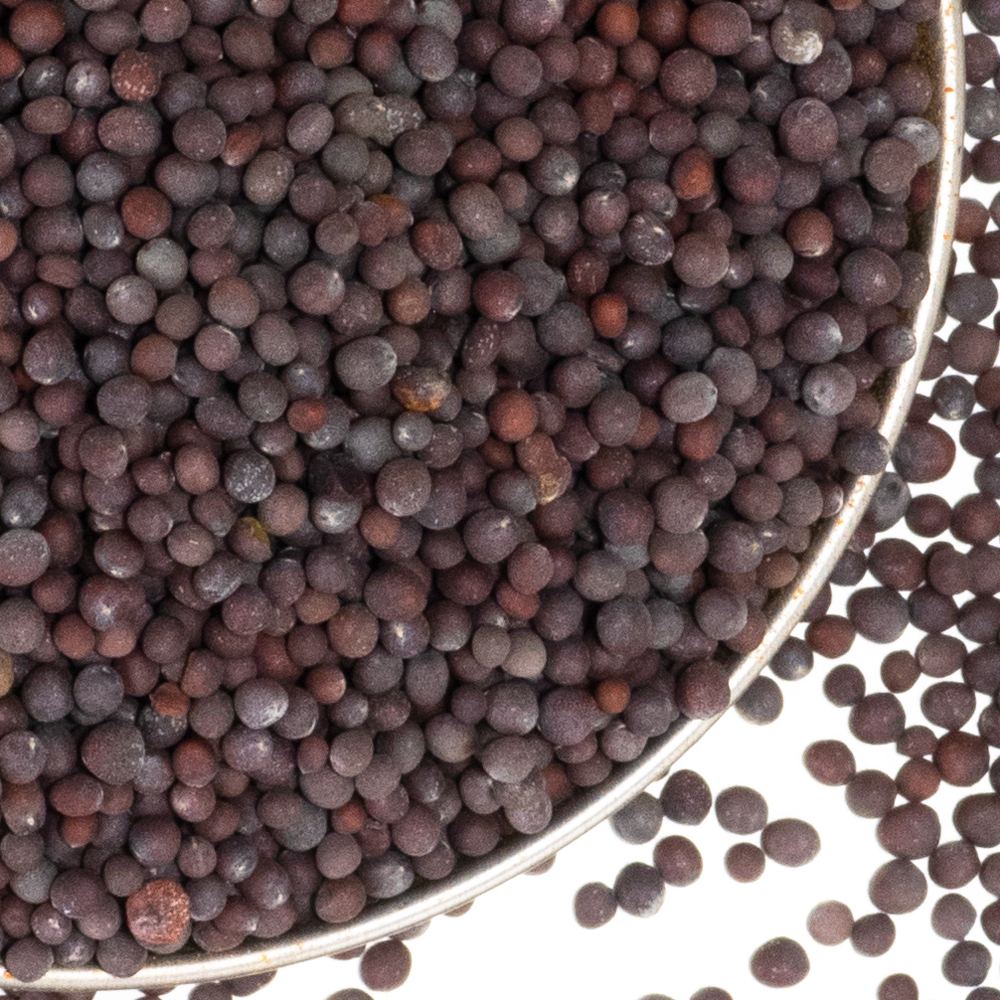
|
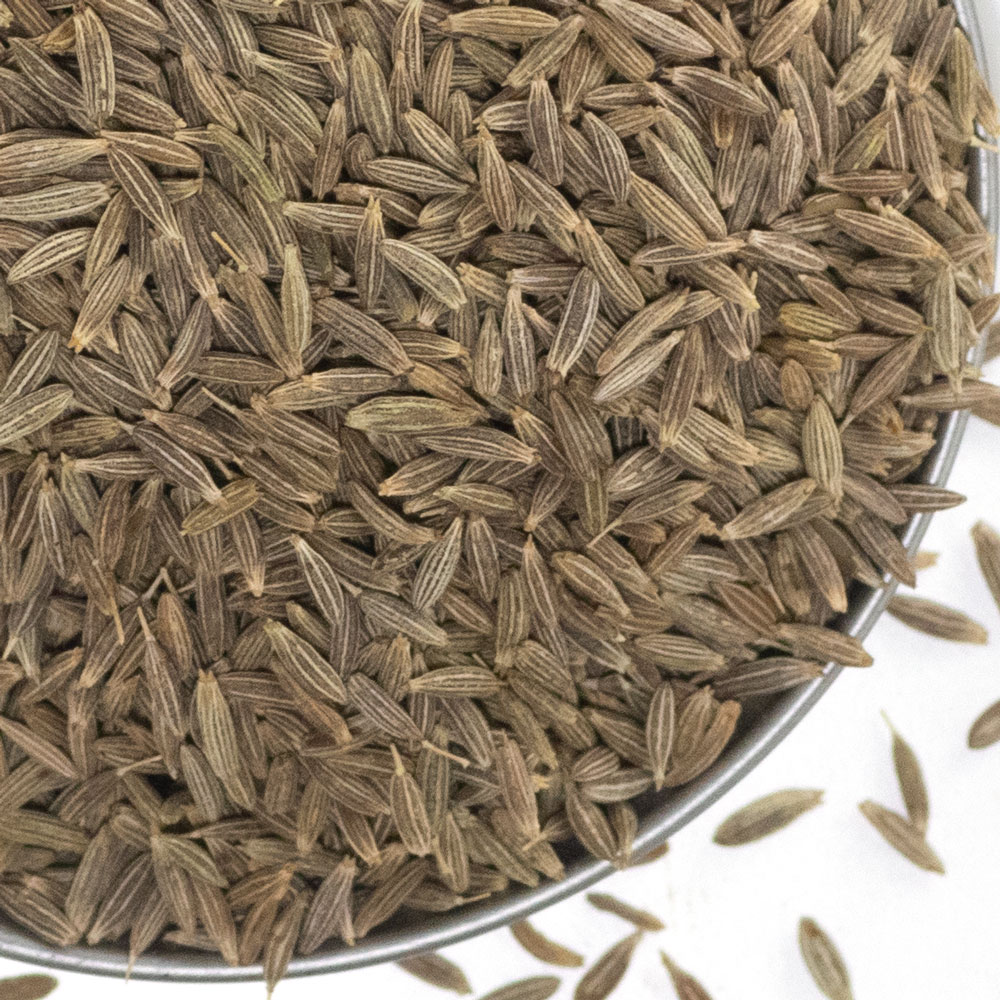
|
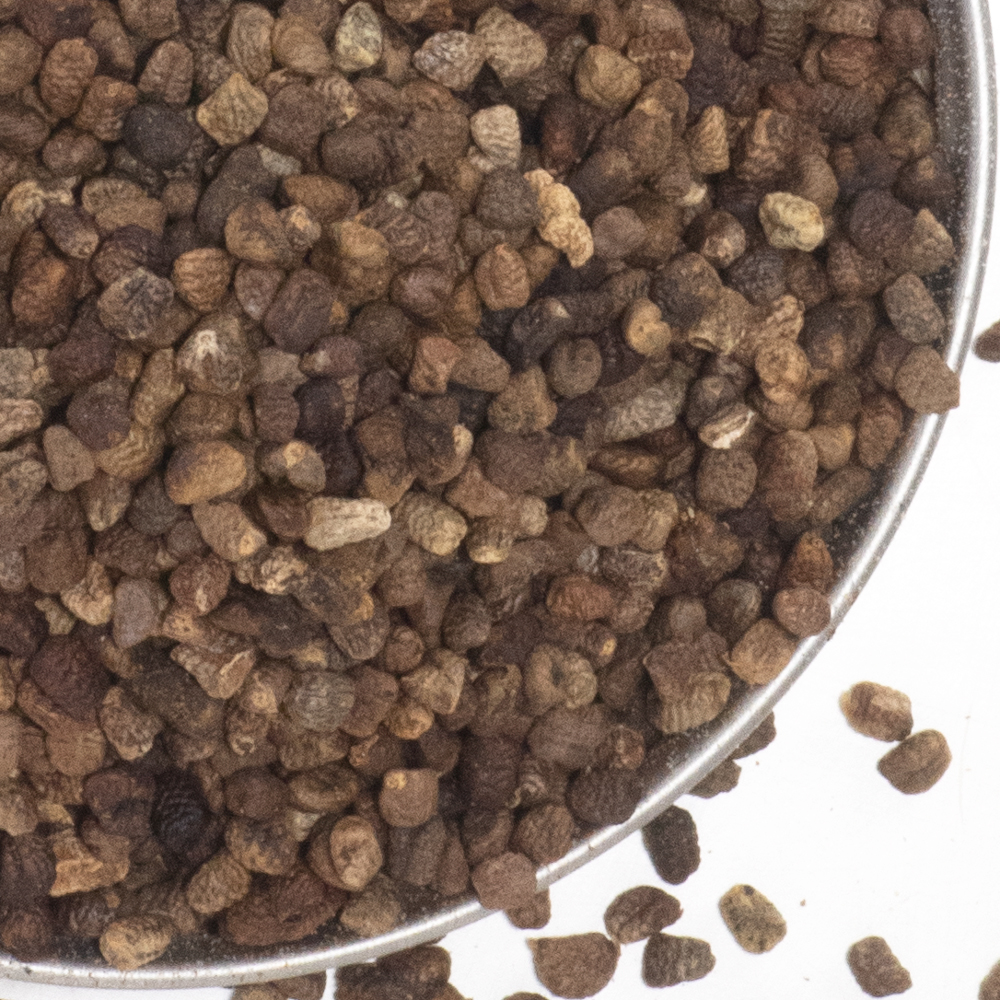
| 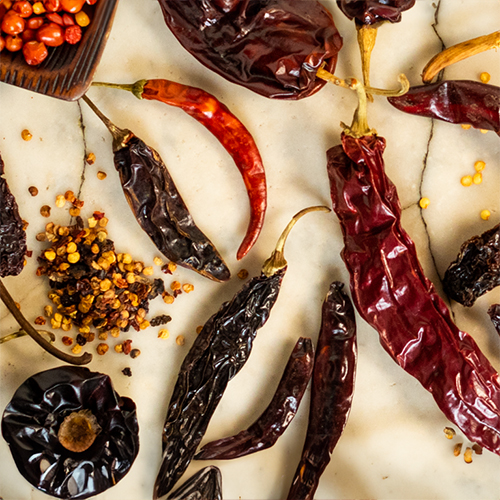
|
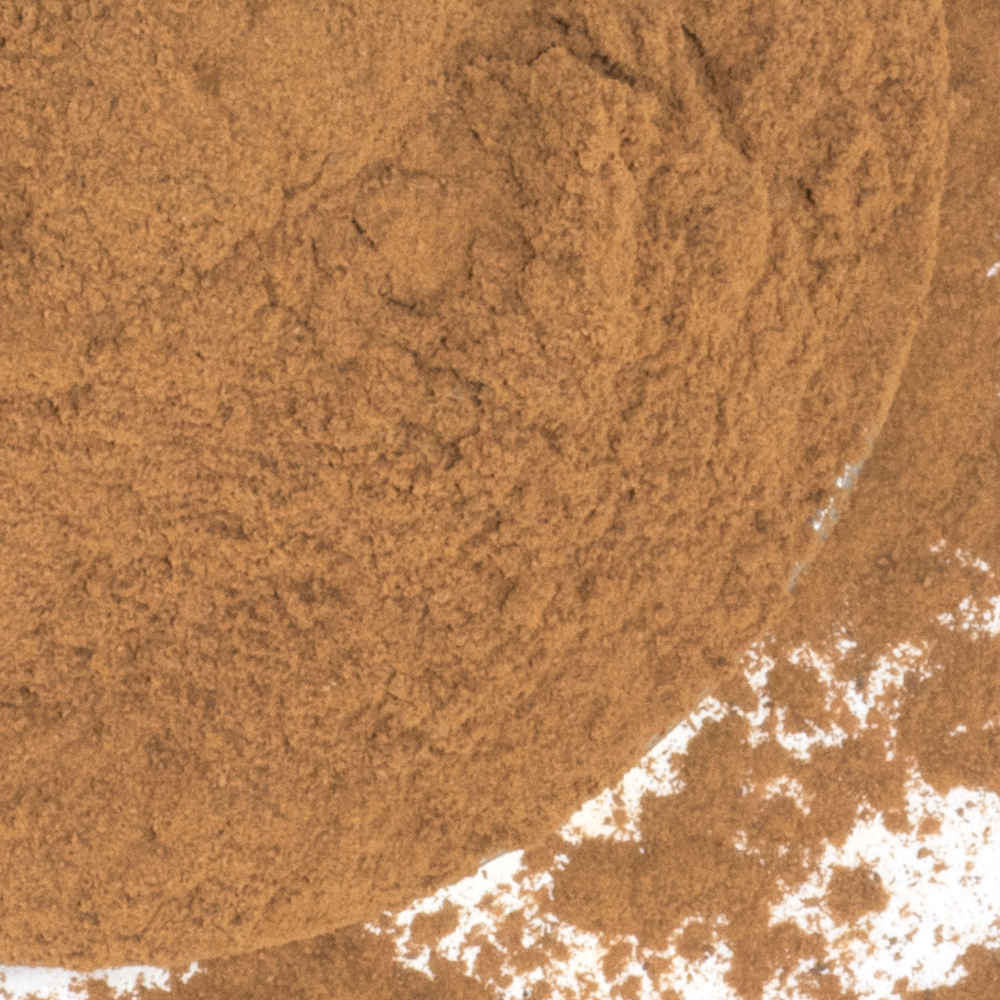
| 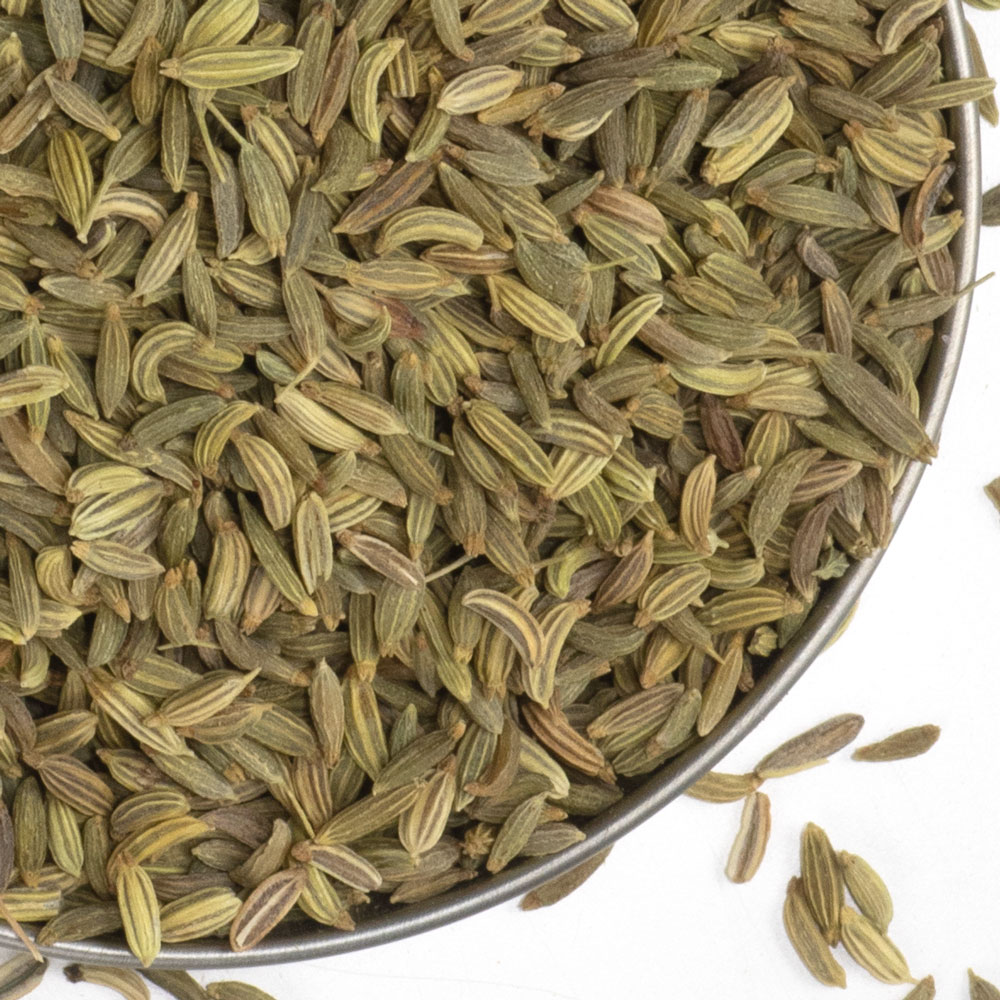
|
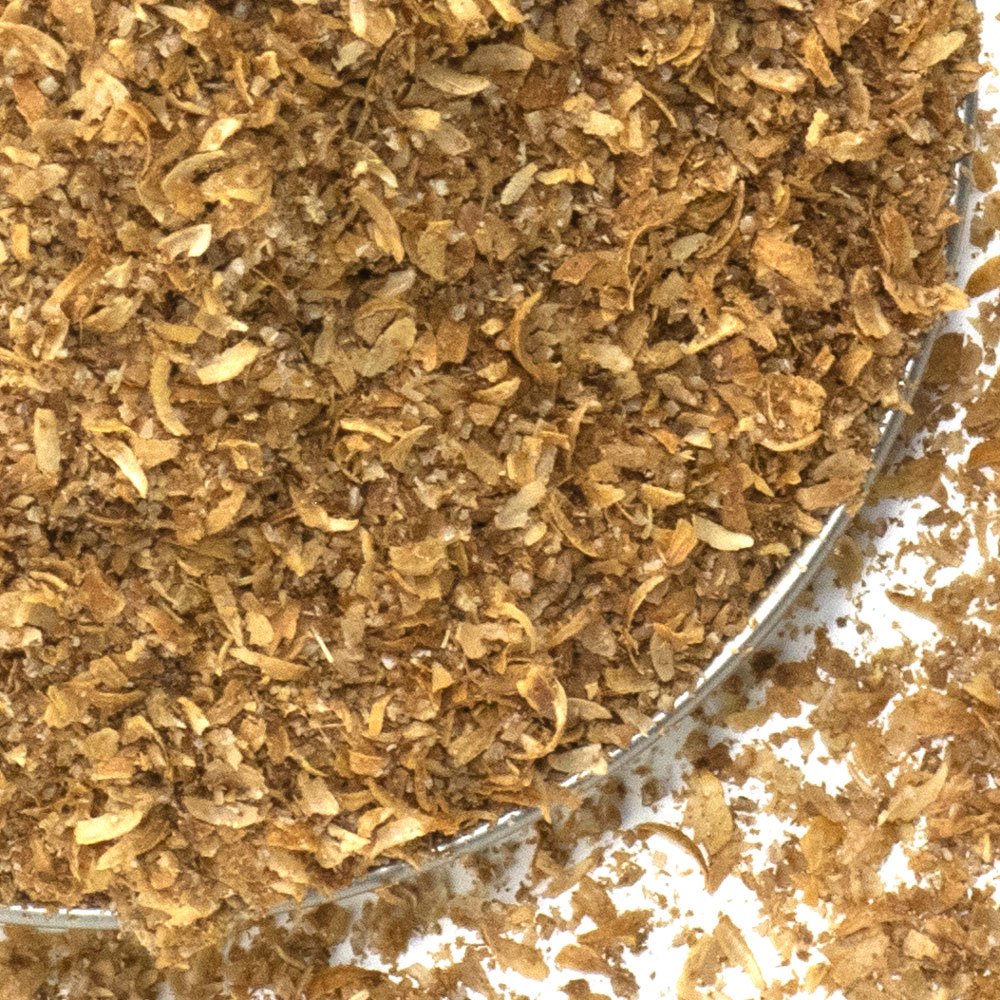
| 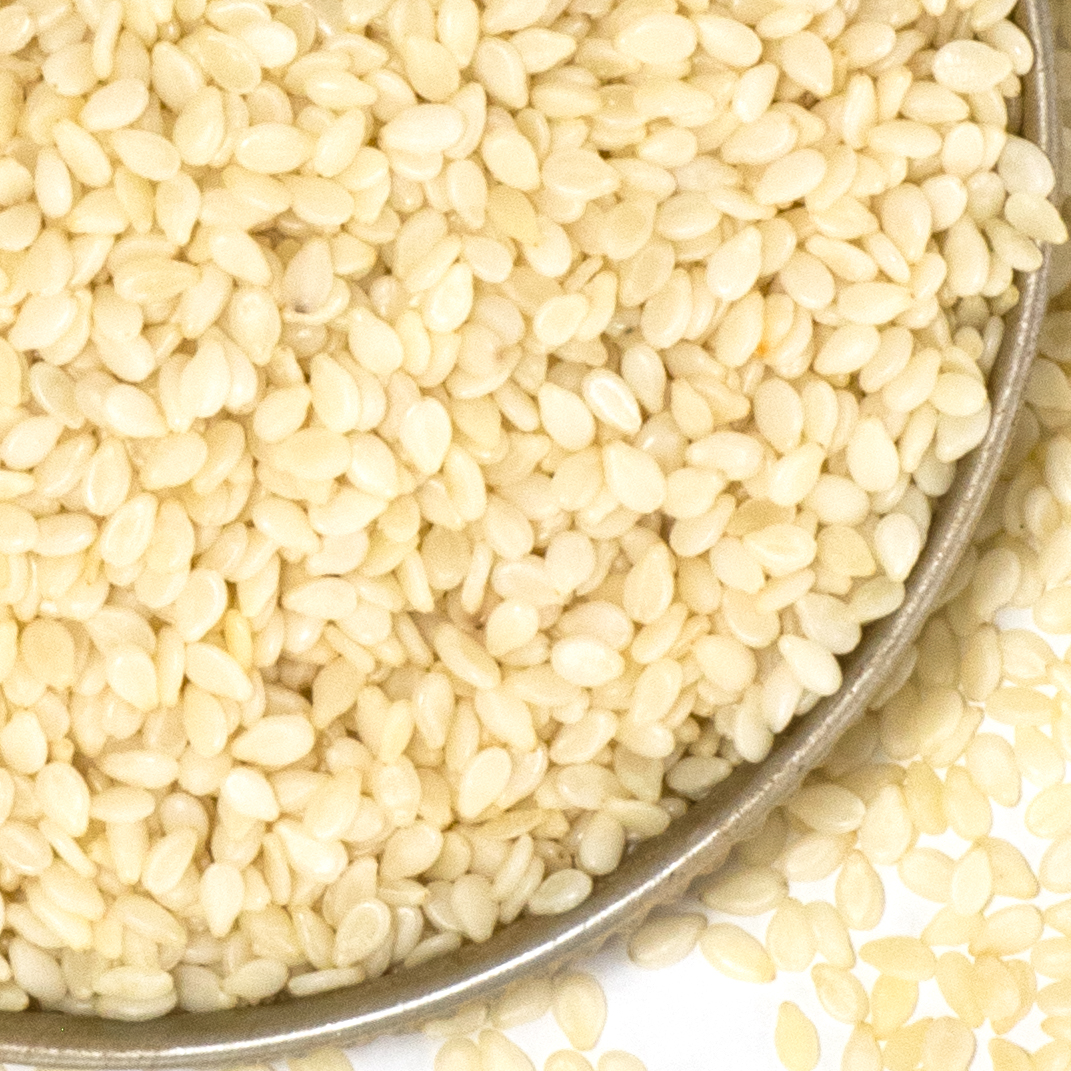
|
These are some suggestions to get you started, but don't feel limited by our list! You can fry any spices that you want to, really. It's all about experimentation and deciding what spices you like best or what spices you want to incorporate into your cooking. There's nothing and no one saying you can't fry cassia cinnamon sticks, but until you try it, you won't know what you like or don't like!
Should I Use my Fried Spices Right Away?
Fried spices should not be stored. The moisture from the oils will be absorbed into the spices while they are in storage and will make them unusable. This oil will also alter the flavors of the spices in a negative way. Worst case scenario, you forget about them and then you have an oily mess waiting for you in the cabinet. Best case scenario, you remember them but still end with an oily mess in your cabinet and useless spices hanging around because their flavor has been ruined by the oil. If you are the type who prefers to separate the oil from the fried spices and simply use the oil, you will probably still want to disregard the spices. Most of their flavor has been drawn out into the oil or butter in the frying pan. You can pat the spices dry and then grind them up for immediate use, but they shouldn't be stored in the cabinet for any extended period of time. It's much better to use fried spices as you make them, and to only fry them in small batches so as to avoid wastefulness. Frying spices is an excellent way to draw out that incredible flavor but you should use them quickly, whether or not you grind them. Remember this when you start experimenting with frying your own spices at home, as you cannot reverse time to un-cook the spices if they have burnt!
Read More
Roasting Spices
How to Grind Spices
How to Store Spices
The Benefits of Frying Spices

